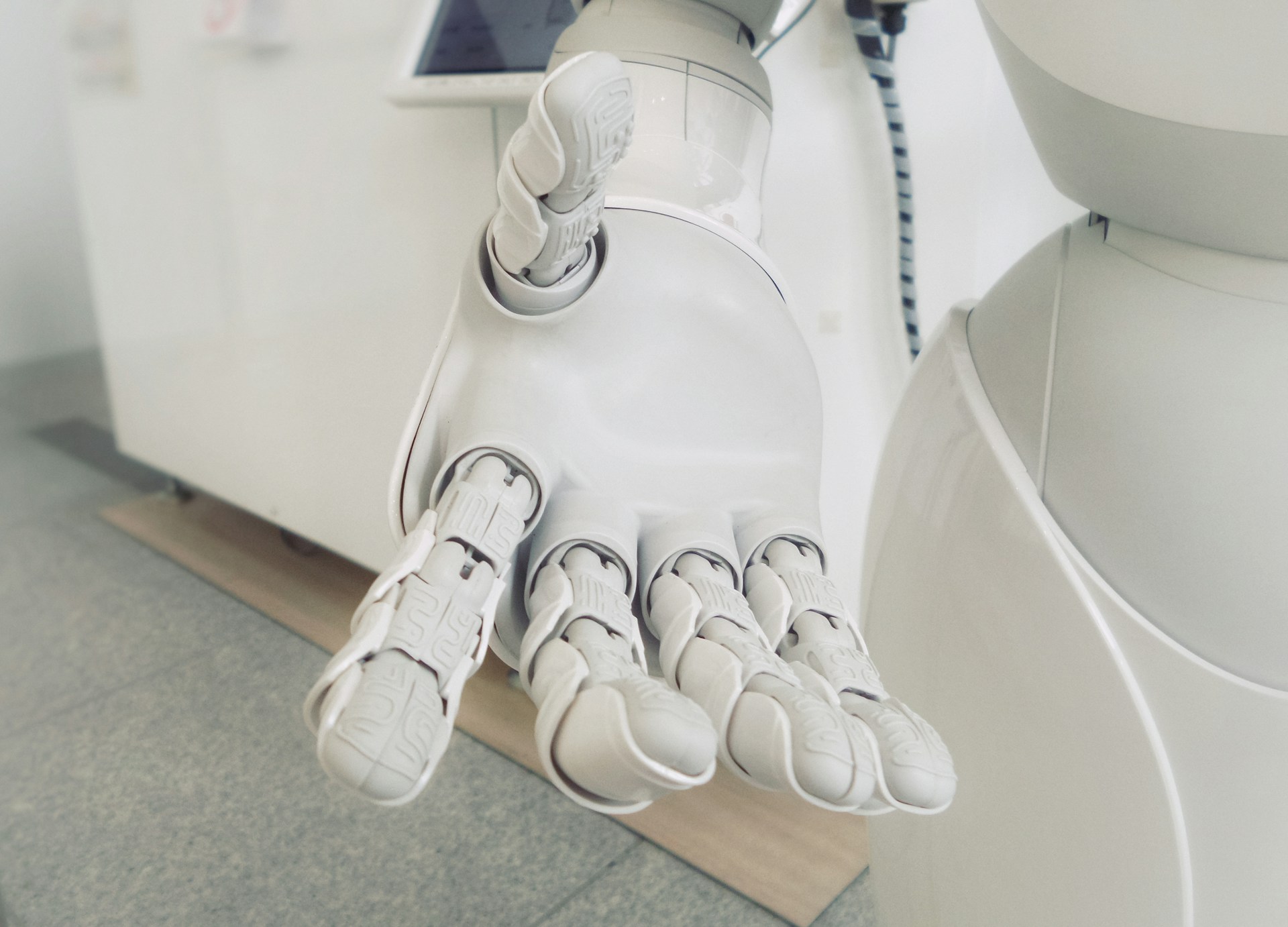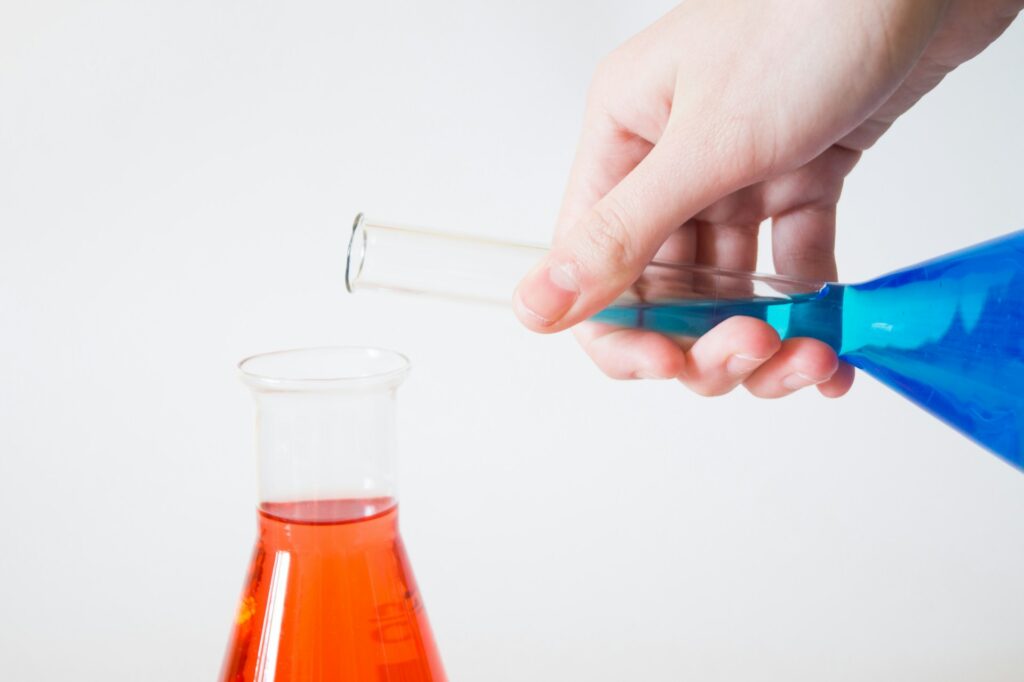Imagine holding hands with someone miles away, experiencing the warmth and pressure of their fingers as if they were right next to you. This futuristic scenario may soon become a reality, thanks to groundbreaking research at University College London (UCL). A team of scientists has developed a fingertip device called BAMH, a bio-inspired haptic system that mimics the sensation of touch by stimulating nerve cells using precise vibrations.
Dr. Sara Abad, a roboticist at UCL’s Mechanical Engineering Department, highlights its social potential:
“For social bonding, which is important, you need touch, but video calls don’t provide that,”
BAMH could bridge this gap, allowing more intimate virtual connections. As Dr. Abad notes, the device provides a “realistic sense of touch” that could completely change how people separated by distance connect with one another.
But the implications of BAMH extend far beyond emotional connection. The device also holds use in other industries such as healthcare, particularly for conditions such as carpal tunnel syndrome and diabetes, where the sense of touch deteriorates over time. Professor Helge Wurdemann, chair of robotics at UCL, emphasises the importance of this technology in clinical settings:
“We want to understand if we can detect, over time, a degradation in touch sensitivity,”
he explains, adding that this data could help clinicians better adapt their treatments.
Moreover, the system could transform robotic surgery. The ability to simulate a realistic sense of touch could enable surgeons to better evaluate tissue types during robot-assisted operations. “A realistic sense of touch could be crucial for tasks like identifying cancerous tissue,” says Wurdemann, showing just how important this technology could be at improving surgical outcomes.
The device was recently presented at the British Science Festival, where its use cases for virtual interactions, telemedicine, and surgery was met with excitement. Beyond medicine, future applications could include industrial operations, such as the safe handling of radioactive materials in nuclear decommissioning.
“If you need to disassemble radioactive materials, a realistic sense of touch could help,”
adds Wurdemann, when speaking on the usefulness of this innovation in industry.
As we look ahead, the BAMH system is looking extremely capable of changing the way we interact with the one another and the digital world. Whether allowing loved ones to reconnect or improving the precision of robotic surgeries, this new technology looks to successfully overcome the line between the physical and virtual.

Hassan graduated with a Master’s degree in Chemical Engineering from the University of Chester (UK). He currently works as a design engineering consultant for one of the largest engineering firms in the world along with being an associate member of the Institute of Chemical Engineers (IChemE).



